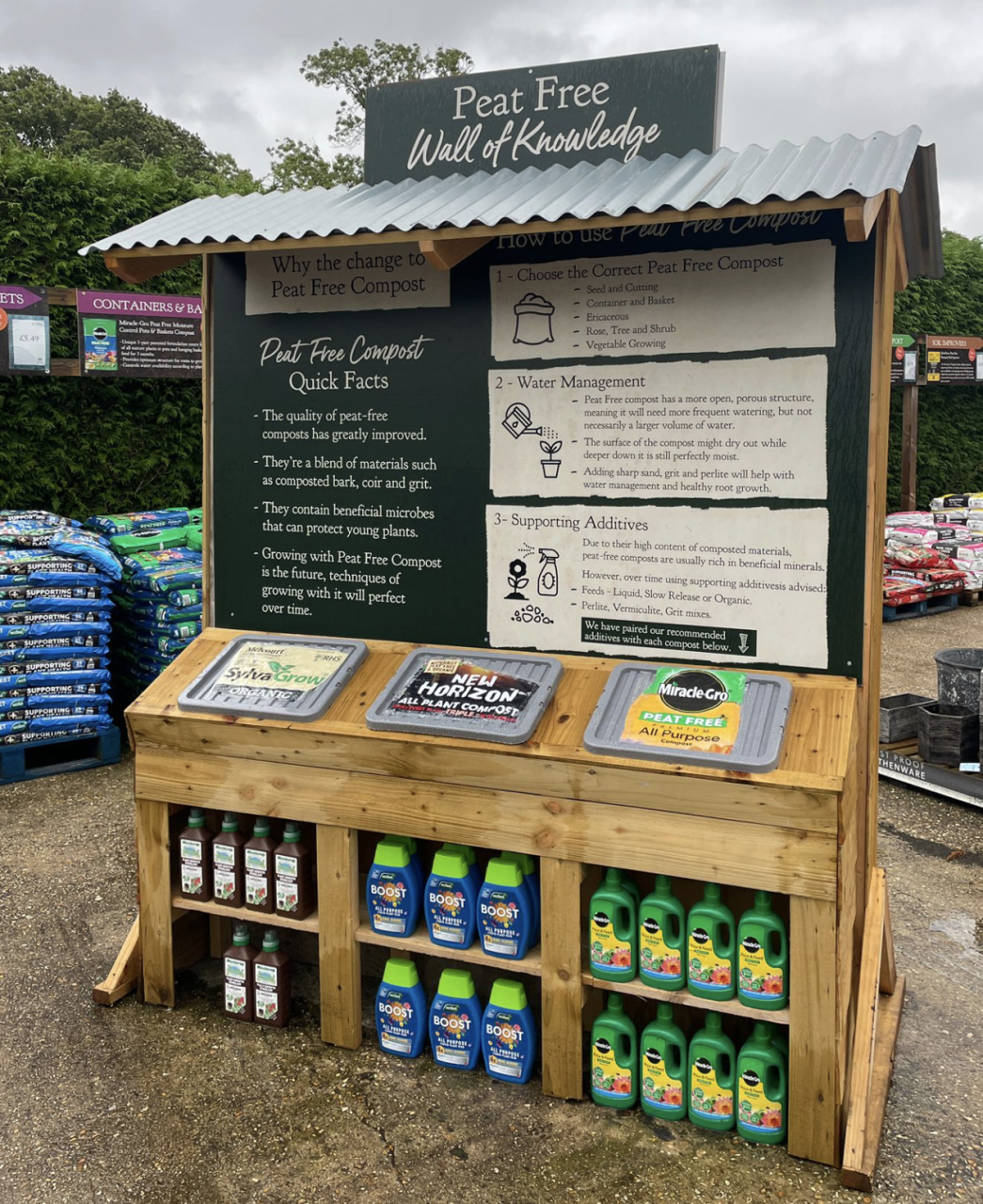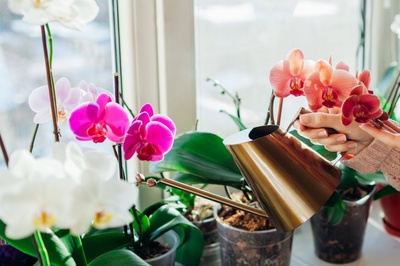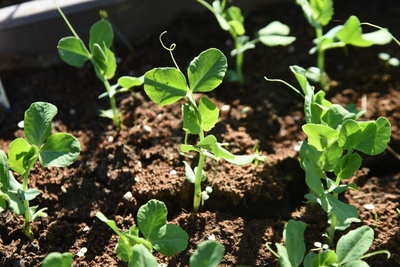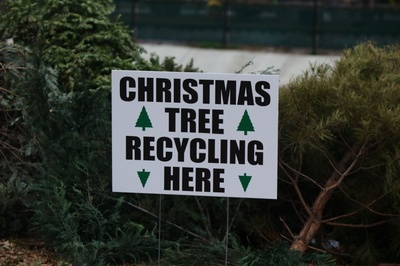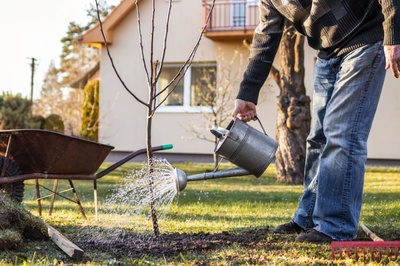Love it or hate it, peat free compost in the last few years has become a staple of gardening and a big conversation point in garden centres and gardens across the UK.
It is sometimes surprising to a lot of people as to why the industry is moving in this direction. It has been a fast transition if you think we have been using peat for hundreds, if not thousands of years.
With the Government still on course to ban peat-containing products in the next few years it has been a major challenge to growers in all corners of the industry to find an effective alternative, fast. It’s a race essentially to find the best peat free growing media.
Each year peat free compost is getting better and better with knowledge. Read on to find out ‘Why Peat Free compost?’ and ‘How do we get the most out of it?’
Why use Peat Free compost?
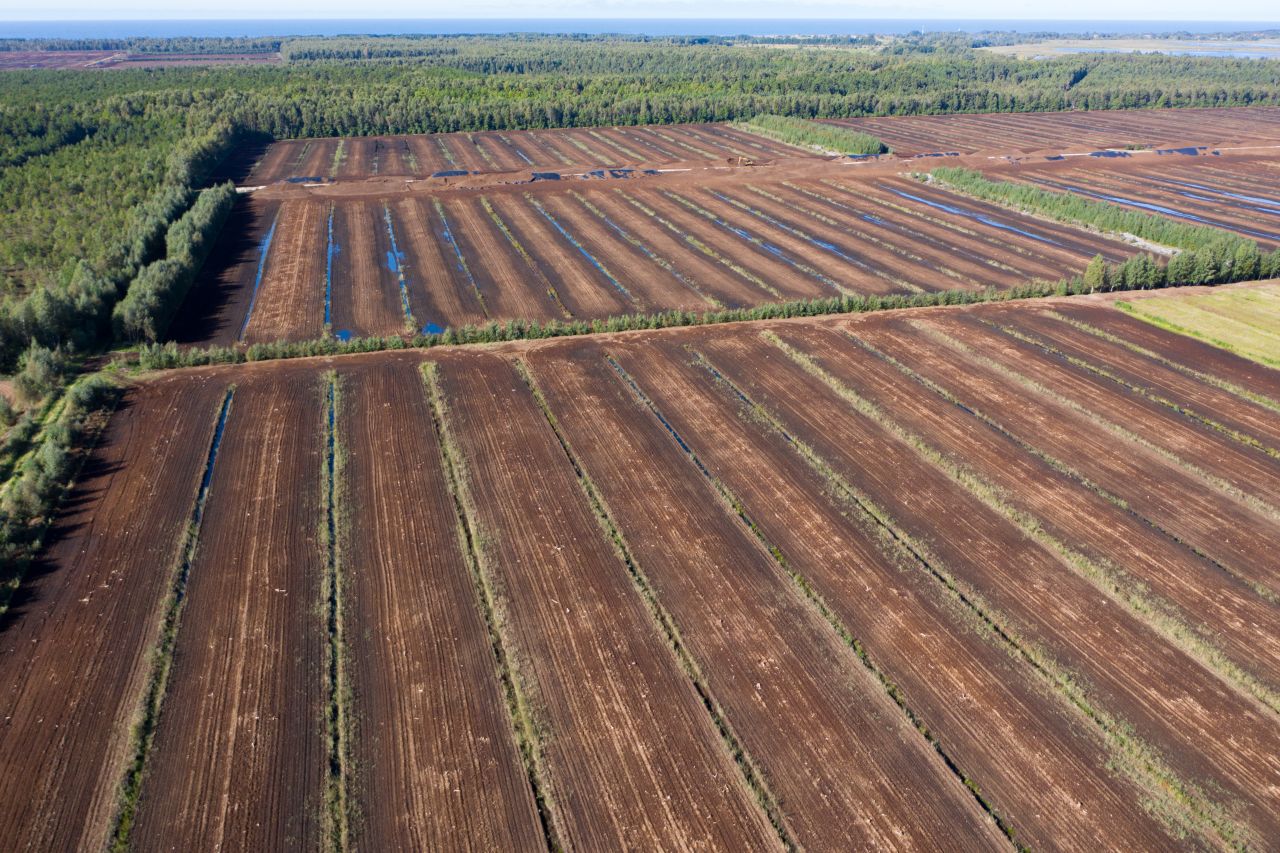
To get to the gist of it, lets discuss what peat is? Peat is created from the decaying remains of plants from more than 12,000 years ago. Found in the wet acidic conditions of bogs and fens, and often cut out and dried for use as fuel and in gardening.
Getting the peat out of the ground is where the problem lies.
Peatlands cover only 3% of the worlds land area, but they store a whopping one-third of soil carbon, making them the largest soil carbon store. In Europe the peatlands contain five times more carbon than forests. So when we dig it up on a mass scale carbon dioxide is then released into the atmosphere, accelerating climate change.
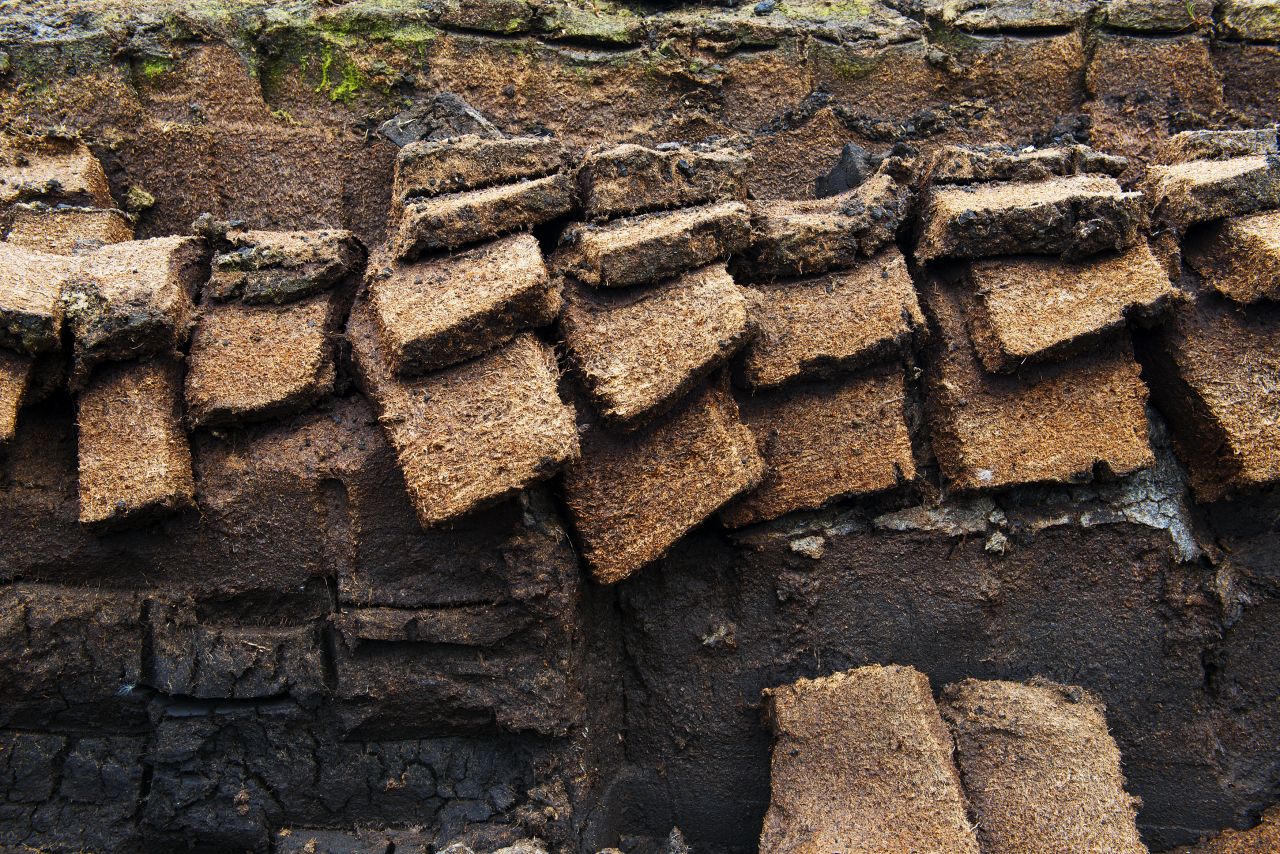
On top of that migrating birds feed on peatland insects, while snakes and lizards also thrive in these special places. The UK is already one of the most nature-depleted countries in the world and extracting peat destroys complex ecosystems that are vital for nature's recovery.
Stewarts now sells only 100% Peat Free compost.
How to get the most out of Peat Free in your garden?
1.Choose the Correct Peat Free Compost
It’s important to choose the correct Peat Free compost. As they are more than ever, specifically developed for the type of plant you are using it on.
• Seed and Cutting
• Container and Basket
• Ericaceous
• Rose, Tree and shrub
• Vegetable Growing
2.Water Management
Peat Free compost has a more open, porous structure, meaning it will need more frequent watering, but not necessarily a large volume of water.
The surface of compost might dry out while deeper down it is still perfectly moist.
Adding sharp sand, grit and perlite will help with growth management and healthy root growth
3.Supporting Additives
Due to there high content of composted materials, peat free composts are usually rich in beneficial minerals. However, over time, using supporting feeds are advised. Here are our suggestions:
Westland Boost - The first feed suitable for peat free composts. With the perfect blend of nutrients as well as unique water management technology, this makes application faster and also more effective.
Miracle Gro Liquid Feed – Perfect for use on Peat free Miracle grow compost. Helps lock the nutrients in.
Maxicrop Original Seaweed Extract - Boosts healthy root development, alleviates transplant shock and builds resistance to environmental stress. Most importantly Approved for organic growing. Works great paired with Melcourt Organic Peat free compost.
Visit our Peat Free Wall of Knowledge at all of our sites to find out more about our recommended feeds and tips for how to get the most from Peat Free Compost.
